To support my advertising graphics business I have a large and quite complete,photo studio set up that collapses into one wall of my shop. I’m usually shooting such exciting items as aftermarket stainless steel mufflers and racing headers, which don’t exactly blow wind up my skirt. But once in a while I shoot something that makes for a fun afternoon. My friends, and friends of friends, know I have this studio photo capability and a couple times a year I’ll get a call “I have this old gizmo I want to put on eBay. Can you shoot it for me?” If I have the studio set up, which is most of the time, I oblige. This week I got a call that was a little different: “I’m working out a trade with a museum for a couple of their Thompsons. Can you shoot some pictures of the stuff I want to trade?” . . .
The “stuff” turned out to be some guns I’ve never actually seen, others I’ve seen and not fired, and a couple I’m old friends with. All of them were high-end, extremely high quality, fully licensed, collector’s grade Class III (full auto) weapons. And they definitely did blow my skirt. Even though the majority of my time in the studio is spent shooting catalog shots, which can be pretty damn boring, I still work hard at putting quality, and maybe even a little art, into something as mundane as an exhaust header or a shift arm. I want to make them look classy. Or at least interesting.
When shooting my friend’s machine guns, however, it was a different deal. They needed no help looking interesting and once again had me questioning why I like guns.
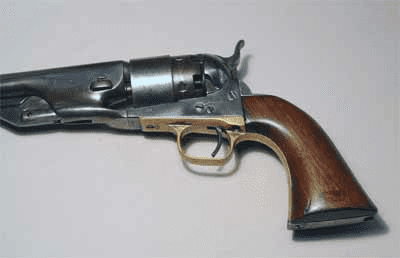
I’ve often said that it’s not the shooting aspect of firearms that interests me, but the art and the history guns represent. And some of them, especially older ones, have curves and shapes that can only be called artistic.
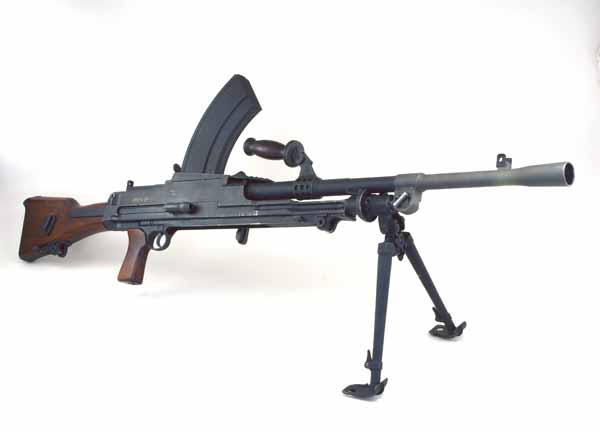
However, when you look at something like a Browning machine gun, most folks would say that you’re stretching the definition of “artistic,” if you try to apply the term. Still, when I look at them, especially some of the ones in this batch, I still see an industrial sort of art in the way they are machined and the connection to history is undeniable. How can you not look at a Bren gun, for instance, and not see a Tommy staggering on shore at Normandy with it. Or see a Browning machine gun and not connect it with desperate times for America’s warriors going back nearly a century?
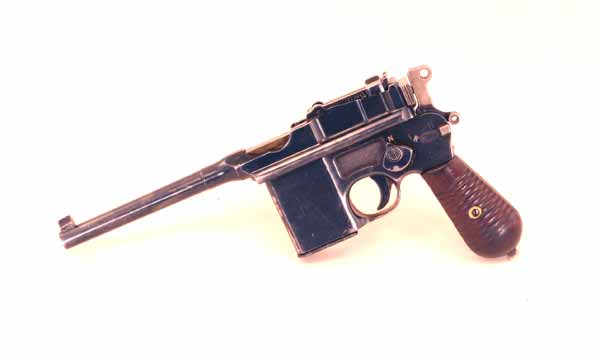

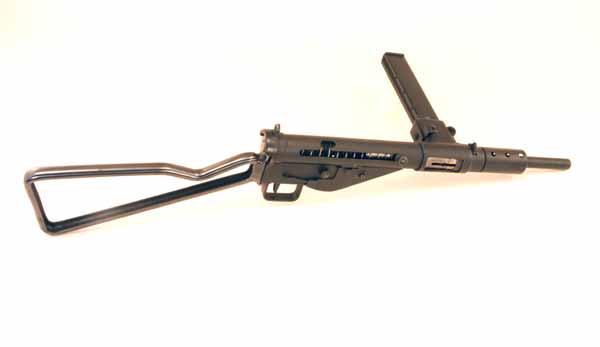



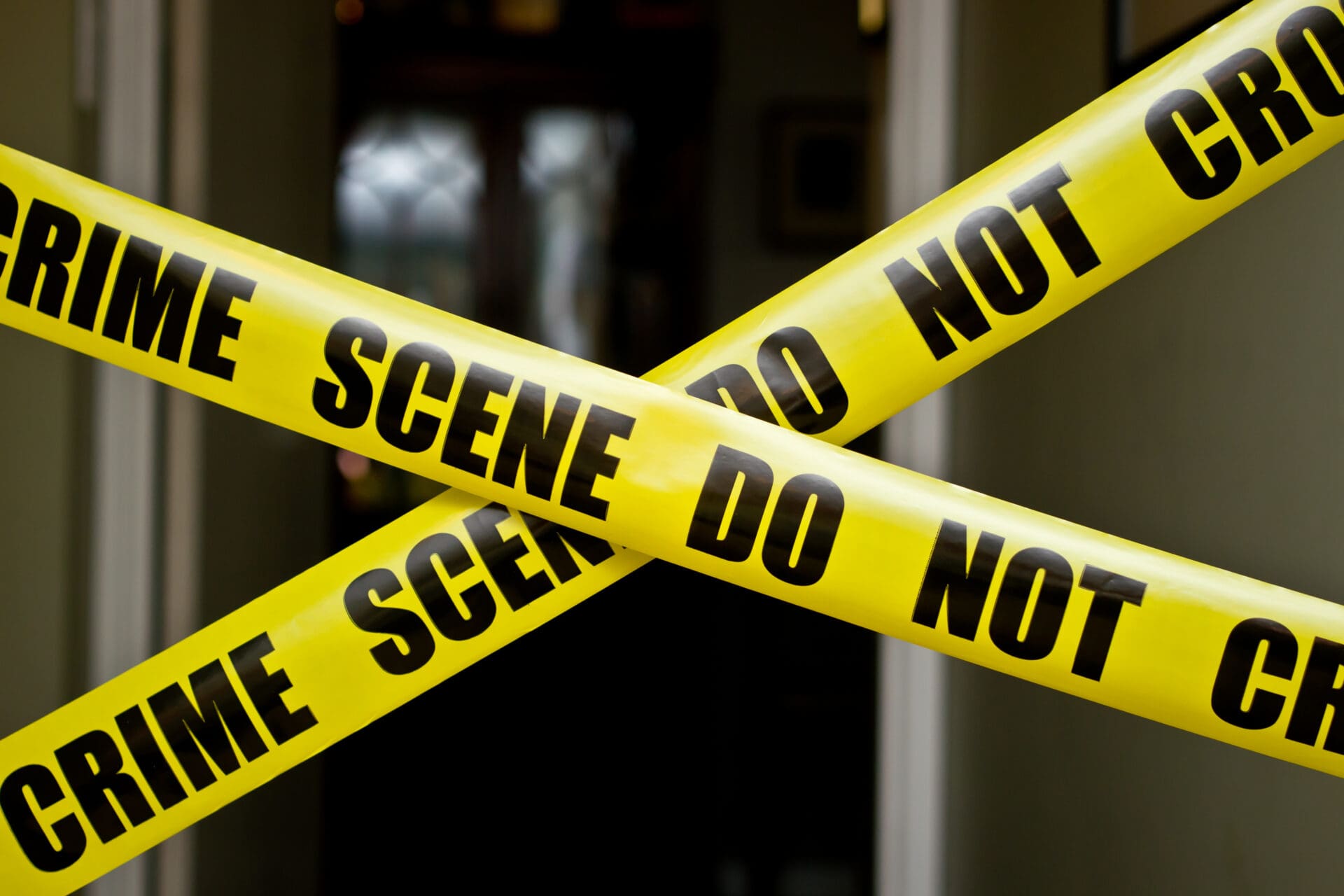

When I moonlighted at Hunter’s Lodge in Alexandria, VA, in the late 1950s, we used to sell those Sten guns, casually DEWATed, for $14.95.
dewhat-now?
Dewated, rendered inoperable. Generally involves welding the chamber closed and permanently attaching the magazine, etc, though there are various standards. Basically, it turns the gun into a display piece.
$100+ (in 2013 dollars) is a lot of money for a paperweight.
I would love to have that paper weight sitting on my desk!
Love that colt. Wonder what they cost back then (in today’s dollar) and wish we could still get something with that kind of workmanship without breaking the bank.
In 1860 the Colt sold for about $25. That is roughly $600 in today’s dollars.
There are very good replicas for about $300.
http://www.emf-company.com/store/pc/1860-Army-Steel-c172.htm
Deactivated War Trophy
http://www.urbandictionary.com/define.php?term=DEWAT
…thank you!
I think I had a stroke at that Broomhandle…
Yeah. Über wow!
The beauty of the Mauser is how the only screw in the gun was the one that held the grips together. The mechanical parts of the gun were held in place like a puzzle.
perfect machining that held all the parts together by tension alone. magnificent piece. This is one of the reason i have such a fasination with old guns…hell, old stuff in general. There was a level of quality and craftsmanship that you just cannot find anymore. Sad, but it seems to be the norm these days.
Bud’s website is a wealth of articles for pilots who are more interested in stick-and-rudder than glass cockpits. I’m a long-time lurker.
Thanks, Bud!
Christ, what kind of sundowning-70+-year-olds are you dealing with? Even the 60-somethings know how to shoot their own vid to sell a piece…
Nice pics, love the Bren and that Browning aircraft mount is awesome. Got to pick a nit, though. The M3 was not THAT inaccurate, having qualified with and fired several I can say they are as accurate as the shooter using them. No auto is accurate when you lock the trigger back and spray the whole mag. Short, controlled bursts, no matter what the weapon, and don’t try to use one as a rifle, you’re just going to embarrass yourself.
Comments are closed.